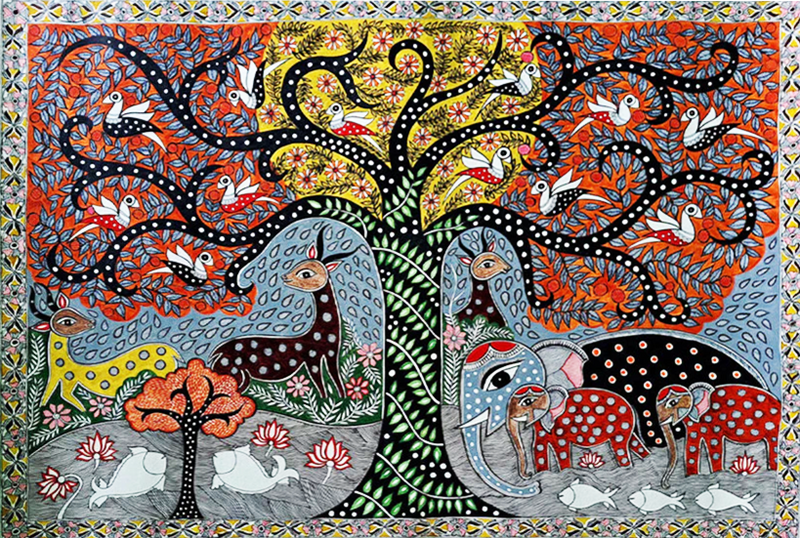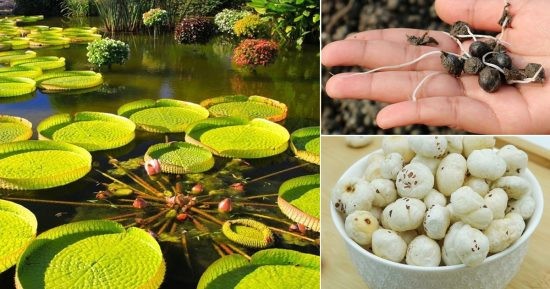The Mithila region, located primarily in the northern part of Bihar (India) and the eastern Terai of Nepal, is a land rich in heritage, traditions, and intellectual legacy. Known for its vibrant culture, deep-rooted traditions, and scholarly past, Mithila has been an important cultural and political centre for thousands of years. Its history traces back to the Vedic age, and its identity continues to thrive in modern times.
 |
| Janakpur |
Mithila in the Vedic Age
The earliest references to Mithila are found in the Satapatha Brāhmaṇa, a key text of the Yajur Veda, which describes the region as the kingdom of Videha. This kingdom was ruled by legendary kings such as Janaka, who became immortal in Indian tradition for his wisdom and philosophical depth.
-
Philosophy and Spirituality
King Janaka is remembered as the father of Sita (from the Ramayana) and as a philosopher-king who engaged in deep discussions with sages like Yajnavalkya. The court of Janaka was a hub of Vedic scholarship and debates on dharma, metaphysics, and governance.
-
Role in Vedic Society
Mithila was a seat of the Videha Ganas (clans) during the late Vedic period, forming part of the Videha–Kosala–Kasi cultural region. It was renowned for its adherence to Vedic rituals and yajnas, as well as for encouraging education in fields like logic, grammar, and astronomy.
Mithila in Ancient and Medieval Times
Mythological and Epic References
Mithila’s fame spread through the Ramayana, where it is described as the birthplace of Goddess Sita. The swayam-vara of Sita, where Rama broke the bow of Shiva, is one of the most celebrated episodes in Hindu lore.
Political History
-
Videha Kingdom: During the Mahajanapada era (6th century BCE), Mithila was one of the 16 great realms of ancient India. It later became part of the Magadha empire under the Mauryas and Guptas.
-
Medieval Era: From the 14th century, Mithila came under the rule of the Karnata dynasty and later the Oiniwar dynasty. These rulers patronized Maithili literature, temples, and learning.
During this time, the Maithili language began to flourish, with poets like Vidyapati composing immortal verses of love and devotion.
Cultural Heritage of Mithila
Language and Literature
-
Maithili Language is one of the 22 scheduled languages of India, with a rich literary tradition dating back over 700 years.
-
Vidyapati (14th–15th century) is considered the crown jewel of Maithili literature, whose poems influenced Bengali and other regional literatures.
Art and Craft
-
Madhubani Painting (also known as Mithila Painting) is one of the world’s oldest folk art traditions. Characterized by vibrant colours, symbolic motifs, and themes from mythology and nature, this art form is practiced predominantly by women.
Festivals
-
Chhath Puja: A deeply spiritual festival dedicated to the Sun God, observed with great devotion in Mithila.
-
Sama Chakeva: A unique festival celebrating sibling bonds, marked by folk songs and clay idols.
Cuisine
Maithil cuisine is rich and diverse, with dishes like tarua, ghugni, machhak jhol, pua, and sweets such as thekua and balushahi. Mustard oil, rice, pulses, and fish form the backbone of traditional meals.
Mithila in the Modern Day
Today, the Mithila region is split between Bihar in India and Province No. 2 in Nepal. Despite political boundaries, the cultural identity of Mithila remains intact.
 |
| Mithila Map |
Education and Society
Mithila has a strong tradition of valuing education. The ancient Mithila University was known for its study of Nyaya Shastra (logic). Modern institutions like Lalit Narayan Mithila University carry forward this academic legacy.
Cultural Revival
-
Madhubani painting has gained global recognition, empowering rural women economically.
-
Maithili literature, music, and theatre are experiencing a revival through digital platforms.
Challenges
While the culture thrives, the region faces challenges such as flooding from Himalayan rivers, migration for jobs, and underdevelopment in infrastructure.
Conclusion
Mithila is more than just a geographical region—it is a living heritage that bridges the past and the present. From its prominence in the Vedic age as the land of philosophers and kings, through its medieval literary glory, to its colourful modern traditions, Mithila continues to inspire with its resilience, artistry, and devotion to knowledge. Preserving and promoting its rich legacy is not just a cultural responsibility but a way of keeping alive one of the oldest living traditions in the Indian subcontinent.



Comments
Post a Comment